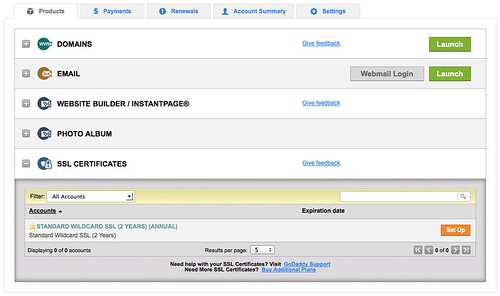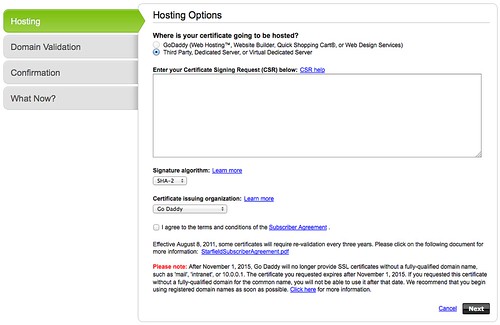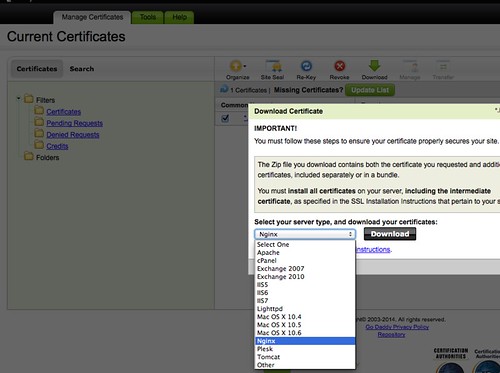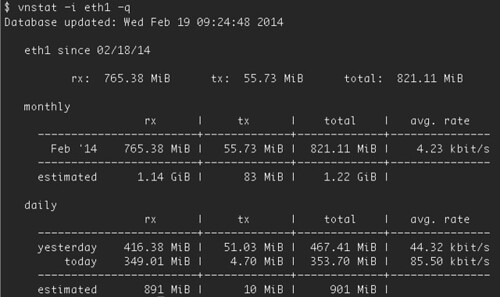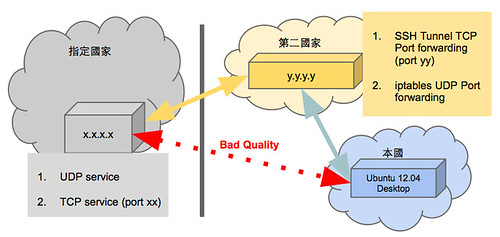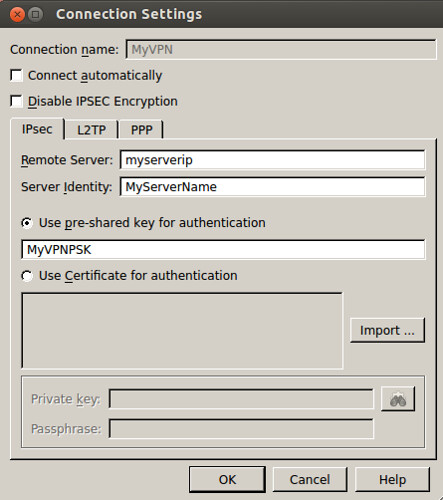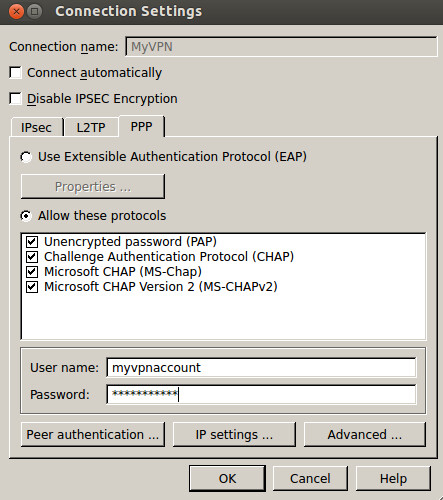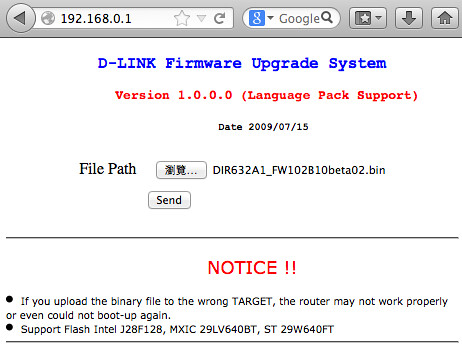db.collection.find( { property: {$ne: null }} )
db.collection.find( { property: null} )
如果 property 的內容物是一個 array,如 { "property":[ ... ] } ,這時想要要求此 array 個數要大於 1 時,則可以改用 "$where" 語法(據說效率較慢,但 it's works !):
db.collection.find( { "$where": "this.property && this.property > 1" } )
然而,在 aggregate 的 $match 卻無法使用 "$where" 語法,可惜了點,會有以下錯誤訊息:
failed: exception: $where is not allowed inside of a $match aggregation expression
此外,就算分析出來,還是有要分析到 array 裡頭項目,又發現 aggregate 有 $unwind 的功能!效果就是幫你把 array 裡頭的資料一筆筆輸出:
db.collection.aggregate([
{
$match: {
property: { $ne : null }
}
},
{
$unwind: "$property"
},
{
$group: {
_id: "$property.name",
count: {
$sum: 1
}
}
}
])
單筆資料如:
{
"id": "client",
"date": "date",
"property":
[
{ "name": "ios", "version": 1 } ,
{ "name": "android", "version": 1 } ,
{ "name": "ios", "version": 2 }
]
}
假設資料就上述一筆,透過 aggregate $unwind 總輸出會是 property.length 個數:
{ "id": "client", "date": "date", "name": "ios", "version": 1 }
{ "id": "client", "date": "date", "name": "android", "version": 1 }
{ "id": "client", "date": "date", "name": "ios", "version": 2 }
